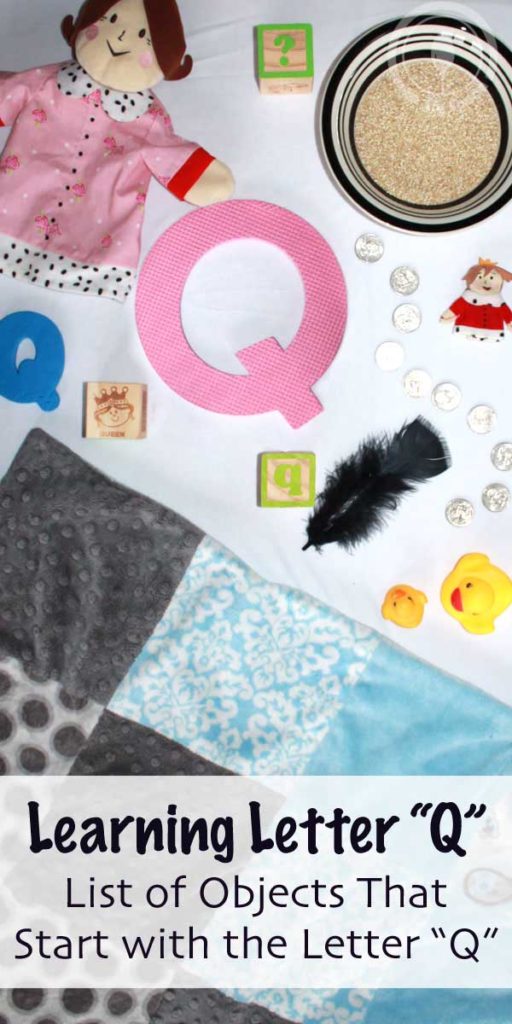
- Q-Tip: A cotton swab used for cleaning delicate areas, such as ears or applying makeup.
- Quack grass: A creeping perennial grass that is considered a weed, often found in lawns and fields.
- Quadriceps: A group of four muscles located in the front of the thigh that are responsible for extending the leg.
- Quadruplets: A set of four siblings born from the same pregnancy, often referred to as “quads.”
- Quads: Short for quadriceps, referring to the group of four muscles in the front of the thigh.
- Quagga: An extinct subspecies of zebra, characterized by its reduced striping and resemblance to a horse.
- Quagmire: A difficult or precarious situation, often involving complex problems or moral dilemmas.
- Quail: A small, ground-dwelling bird known for its distinct call and often hunted for sport or food.
- Quail eggs: The small eggs laid by quail, often considered a delicacy and used in various culinary dishes.
- Quaker Oats: A brand of oats and oat-based products, often associated with the Quaker religious imagery on their packaging.
- Quaker parrot: A species of parrot known for its ability to mimic human speech and often kept as a pet.
- Quark: A type of subatomic particle that makes up protons and neutrons, among other particles.
- Quarter: A unit of measurement equivalent to one-fourth or 25% of a whole.
- Quarter horse: A breed of horse known for its speed and agility in short-distance races and working on ranches.
- Quartz: A mineral composed of silicon and oxygen atoms, commonly found in many types of rocks and used in jewelry and electronics.
- Quartz crystal: A clear or translucent variety of quartz that is often used in crystal healing or for metaphysical purposes.
- Quasar: An extremely luminous celestial object that emits large amounts of energy and appears as a distant, star-like point of light.
- Quaver: A musical note with half the duration of a quarter note, often represented with a solid notehead and a stem with a flag.
- Quebec (city): The capital city of Quebec, Canada, known for its historic architecture and French-speaking culture.
- Queen: A female ruler or monarch, typically holding the highest position of power in a monarchy.
- Queen Anne’s Lace: A flowering plant with delicate white flowers, often referred to as a wild carrot.
- Queen Sized Bed: A bed size larger than a full-size/double bed and smaller than a king-size bed, typically providing enough space for two adults.
- Quern: A simple stone tool used for grinding grains or other materials, consisting of a flat base and a rotary grinder.
- Quesadilla: A Mexican dish consisting of a tortilla filled with cheese (and often other ingredients) and grilled or fried until the cheese melts.
- Question Mark: The punctuation symbol “?” used to indicate that a sentence is a question or to express uncertainty.
- Quetzal: A colorful bird found in Central and South America, known for its distinctive long tail feathers and vibrant plumage.
- Quiche: A savory baked dish consisting of a pastry crust filled with a mixture of eggs, milk or cream, and various ingredients such as cheese, vegetables, or meat.
- Quick Sand: A type of sand or sediment that appears solid but can become highly fluid when disturbed, making it difficult to escape.
- Quicklime: A white, caustic, alkaline powder obtained by heating limestone, used in industries such as construction, agriculture, and water treatment.
- Quicksilver: Another term for the chemical element mercury, characterized by its liquid state at room temperature and its high toxicity.
- Quiffed hairstyle: Referring to a hairstyle that features a quiff, with hair brushed upward and forward from the forehead.
- Quill: A writing instrument made from the feather of a bird, used in earlier times before pens were developed.
- Quilt: A warm bed covering made of layers of fabric stitched together, often with a decorative pattern.
- Quilt cover: A removable protective cover for a quilt, usually made of fabric and used to keep the quilt clean.
- Quilt patterns: Designs or templates used as a guide for creating a quilt, helping to determine the arrangement and shape of the fabric pieces.
- Quince: A fruit that resembles a large pear, with a tough outer skin and tart flavor, often used in cooking and preserves.
- Quincunx (geometric pattern): A pattern consisting of a central element surrounded by four others, forming a square or diamond-shaped arrangement.
- Quinoa: A grain-like crop containing high levels of protein and nutrients, often used as a healthy alternative to rice or couscous.
- Quinoa bread: Bread made with quinoa flour or mixed with quinoa grains, offering a nutritious and gluten-free option.
- Quinoa salad: A salad made primarily with quinoa, usually mixed with various vegetables, herbs, and dressing.
- Quiver (archery accessory): A container, typically made of leather or synthetic material, used to hold arrows for archery.
- Quiver tree: A distinctive succulent tree indigenous to southern Africa, known for its cylindrical trunk and distinctive crown of leaves.
- Quiz: A brief test or examination that assesses knowledge, often involving questions to be answered or problems to be solved.
- Quoits (game): A traditional throwing game in which players attempt to throw rings over a target, often played on a lawn or sandpit.
- Quokka (marsupial): A small herbivorous marsupial with a stocky build, short tail, and rounded ears, found on Rottnest Island.
- Quokka Island: An alternate name for Rottnest Island, a popular tourist destination in Western Australia known for its quokka population.
- Quoll: A carnivorous marsupial native to Australia and New Guinea, resembling a small cat with spotted or striped fur.
Can you think of any other letter “Q” words? If so please comment and let me know, I’d love to get them added to the list.
You may also be interested in:
- List of 30 Foods that Start with Q
- List of 20 Objects that Start with Q
- Q is for Quail Craft
- Letter Q Tracing Worksheets (Free Printable) Mermaid Themed
- Letter Q "Do A Dot" Worksheets (Free Printable) Mermaid Themed
- Letter Q Tracing Worksheets (Free Printable) Dinosaur Themed
- Letter Q Tracing Worksheets (Free Printable) Halloween Themed
- Letter Q "Do A Dot" Worksheets (Free Printable) Halloween Themed
- Letter Q Coloring Worksheet (Free Printable) Halloween Themed
- Letter Q Color By Letter & Coloring Worksheet (Free Printable) Valentine Themed
- Letters A-Z Resource Page
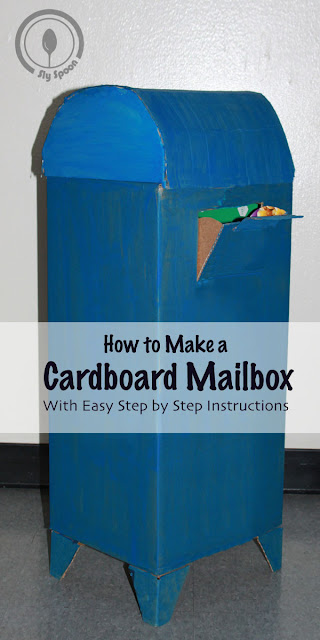
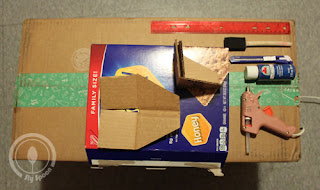
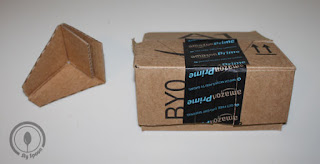
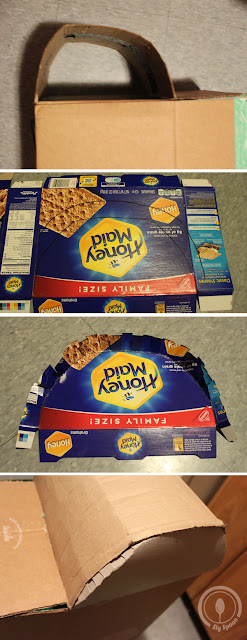
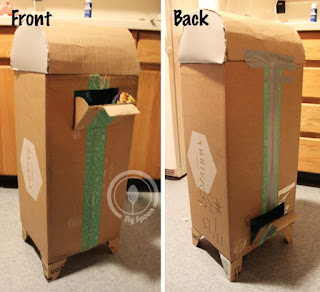
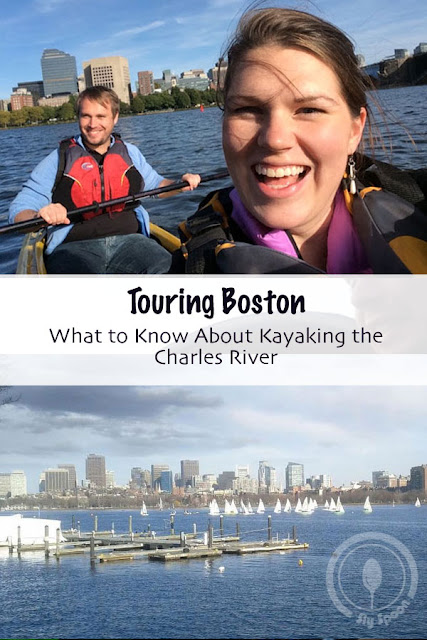
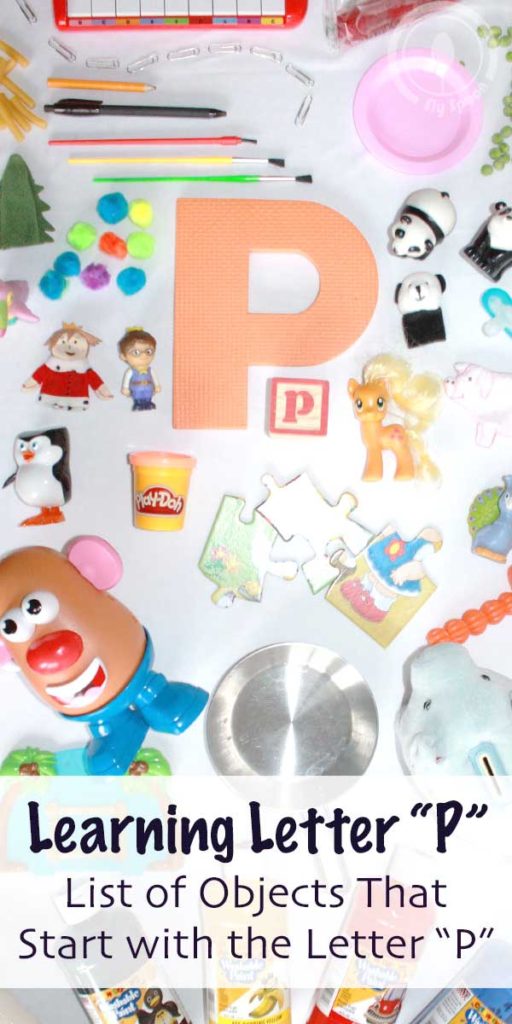
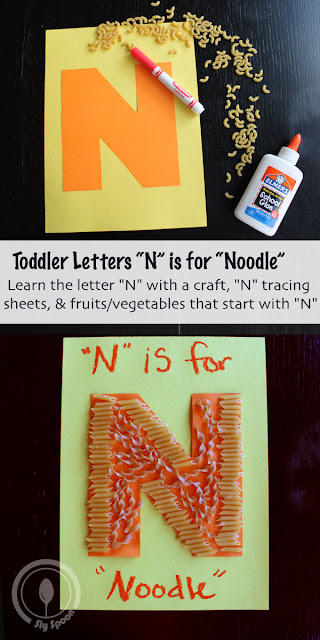
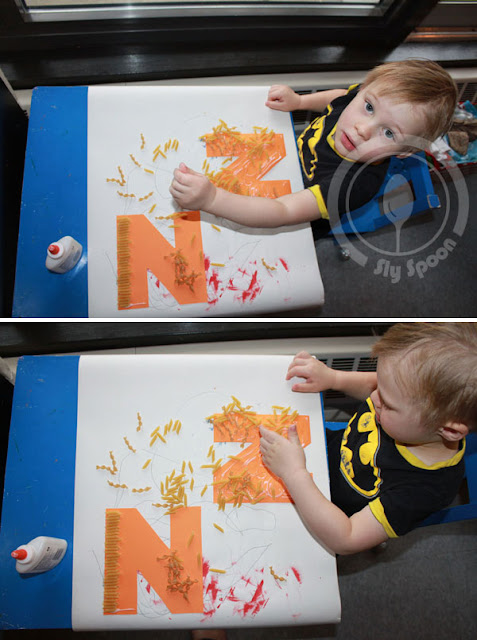
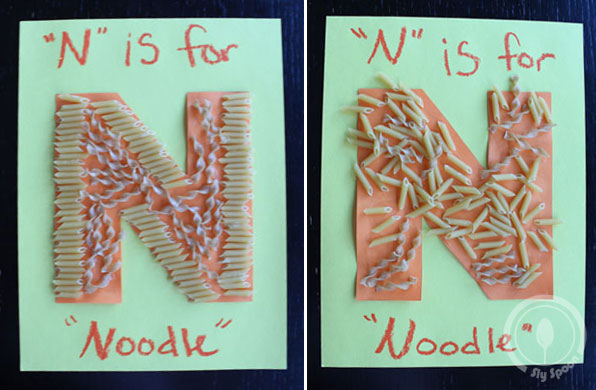 Fruits and Vegetables that
Fruits and Vegetables that